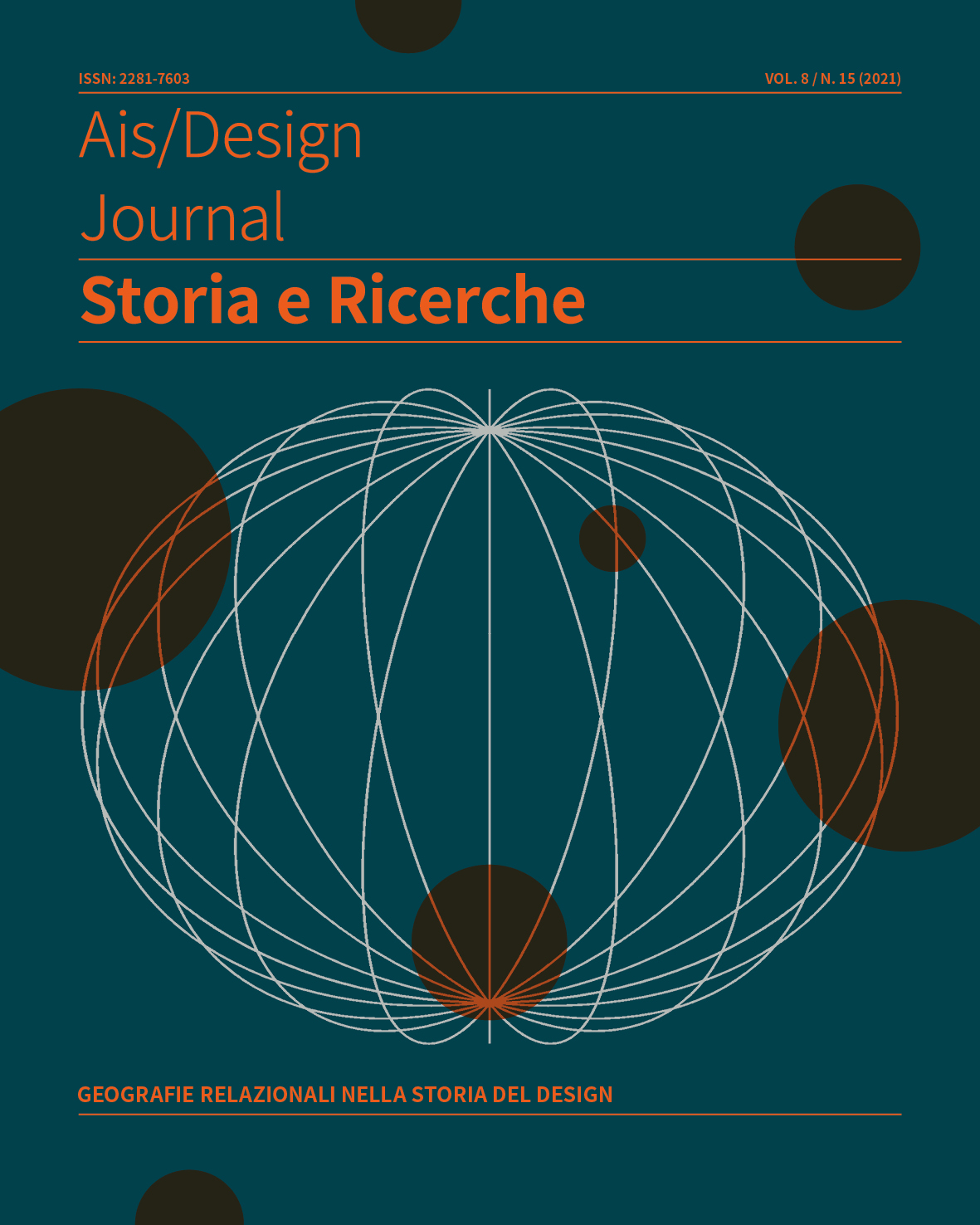Relational Geographies of Catalan Design between Fifties and Sixties
From Periphery to Center and Back
Abstract
After the post-war period, in a condition of double constraint due to the persistence of the Franco regime and of an economic and technological backwardness, Catalonia faces the challenges of modernity and birth of design through a series of experiences constantly confronting with other European contexts. From the Bauhaus reverberations to the School of Ulm influences, from the Alberto Sartoris and Gio Ponti’s teaching to the dialogue with Tomás Maldonado, the Catalan design culture alternates leading roles and situations of crisis, continuously passing from a status of “centre” to a condition of “periphery”. In this scenario, this essay analyses the relational geographies of the construction of the Catalan design culture between Fifties and Sixties, from the post-war period to the VII ICSID Congress, explaining influences, dialogues, interference and contaminations sent and received from other foreign cultures.
Copyright (c) 2021 Vincenzo Paolo Bagnato

This work is licensed under a Creative Commons Attribution-NonCommercial-NoDerivatives 4.0 International License.
Creative Commons NonCommercial-NoDerivates 4.0 international License (CC BY-NC-ND 4.0).


